Text


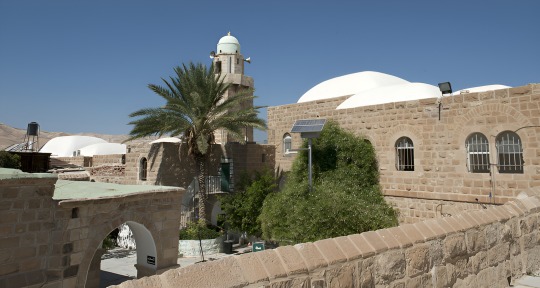



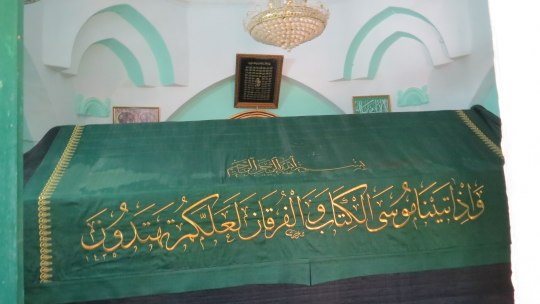
nabi musa (prophet moses) mosque/maqām in jericho governorate, palestine. local muslim tradition holds that moses was buried here. where exactly this tradition comes from is unknown.
every year, one friday before good friday in the greek orthodox calendar, a yearly pilgrimage from jerusalem to nabi yusha takes place, after which a festival in moses's honor is held. this began in the mid-19th century, though palestinian tradition holds that its origins lay in saladin's recapture of jerusalem from crusaders in 1187. this continues to hold symbolic importance today. the structure itself was likely built by mamluk sultan baybars eight decades later.
since the 1967 occupation, the pilgrimage was prohibited for 20 years (most likely due to association with the 1920 nabi musa riots) before being permitted again. since then, it's been prohibited on and off - most recently after the second intifada in 2000, before being renewed in 2007.
#today's the day this is supposed to happen this year. i imagine it's not allowed#but if it is i hope they can go safely
138 notes
·
View notes
Text



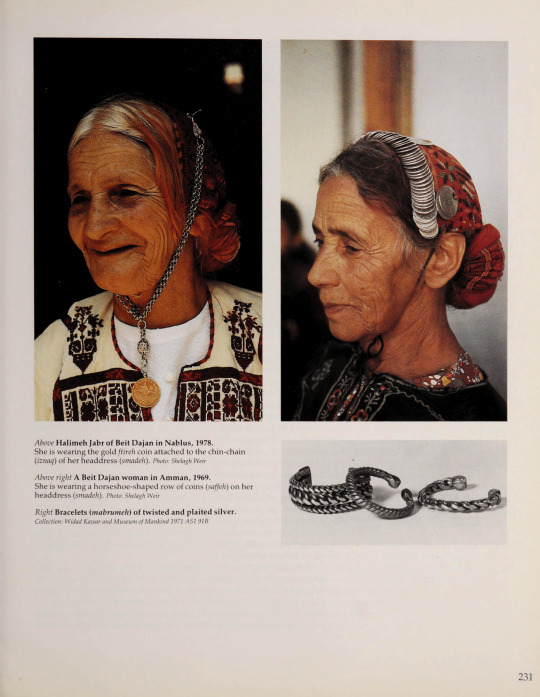
300 page book from 1989 about palestinian costume archive.org/details/palestiniancostu0000weir
5K notes
·
View notes
Photo

New Post has been published on https://massispost.com/2024/04/azerbaijanis-completely-destroy-kanach-zham-church-and-ghazanchetsots-cemetery-in-shushi/
Azerbaijanis Completely Destroy “Kanach Zham” Church and Ghazanchetsots Cemetery in Shushi

SHUSHI — Between December 28, 2023 and April 4, 2024, St. John the Baptist church (S. Hovhannes Mkrtich), a 177 year old landmark in Shushi was destroyed, Azerbaijan’s most egregious violation yet of a December 2021 ICJ order, the Caucasus Heritage Watch reports. Built by Armenians in 1847, the church, also known as Kanach Zham (Green Chapel), was damaged amidst the 2020 war. In the aftermath of the war, the Baku diocese of the Russian Orthodox Church laid claim to the building and pledged restoration. Nevertheless, the church is now gone. At the entrance to the belfry, building inscriptions in…
22 notes
·
View notes
Photo

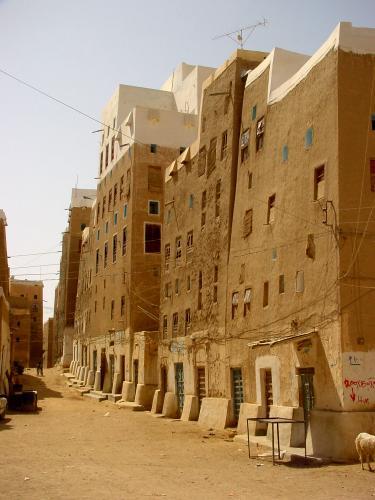


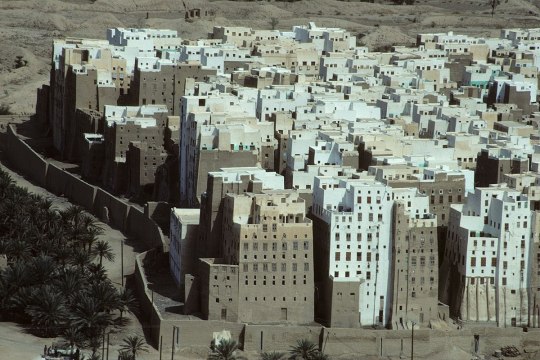
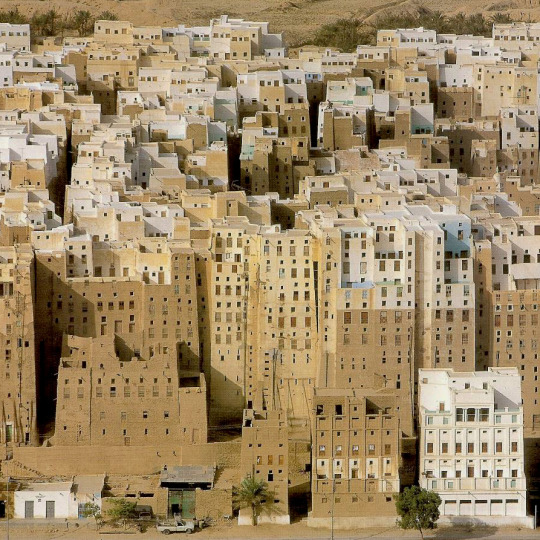

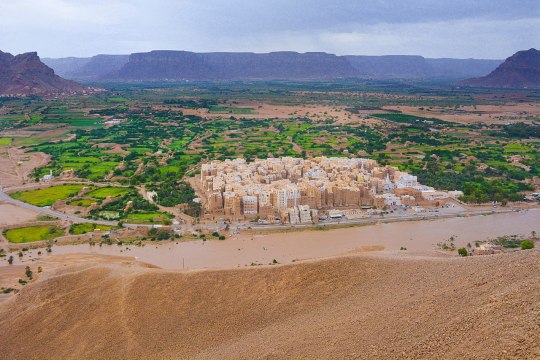
Shibam - This ~1,700-year-old walled city in Yemen is considered to be the oldest vertically constructed city in the world. Its trapezoidal buildings (most were built in the 16th century) are made of mud bricks and need constant maintenance due to rain and wind erosion.
6K notes
·
View notes
Text

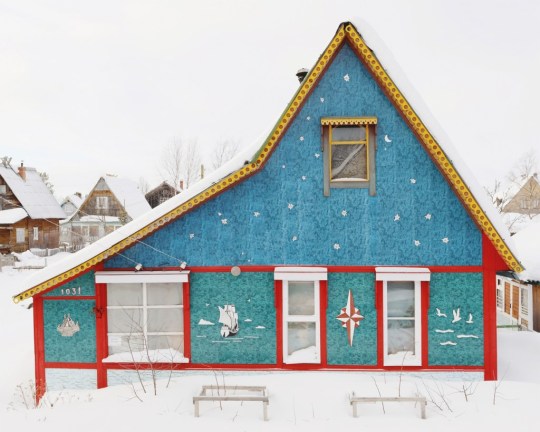


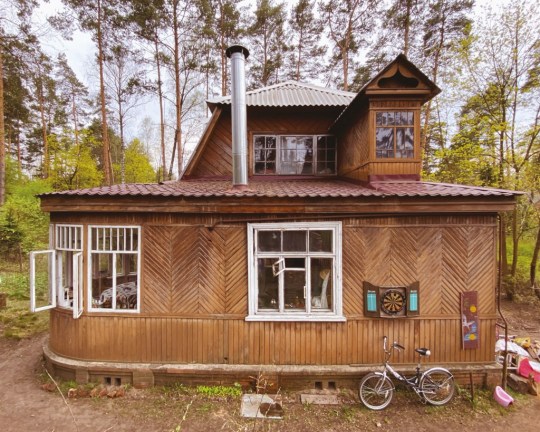
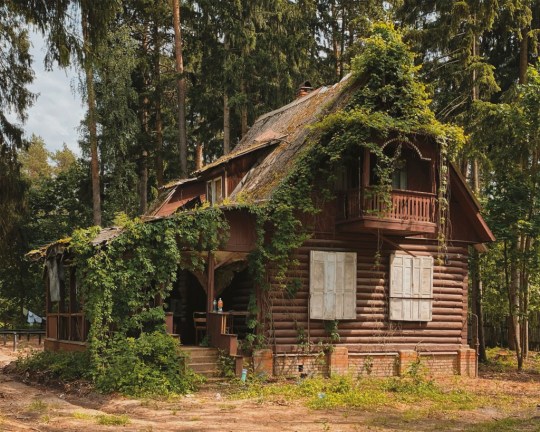
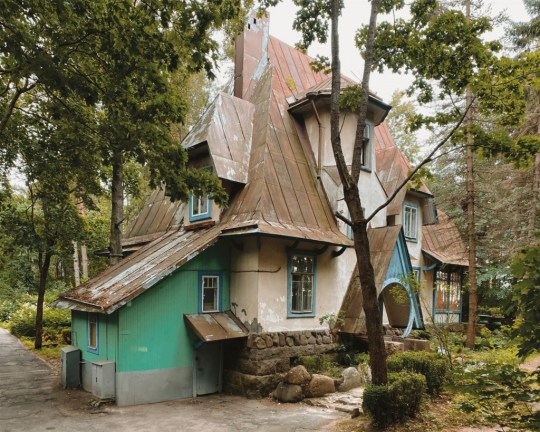
photos of dachas by Fyodor Savintev, published in Dacha: The Soviet Country Cottage (2023)
13K notes
·
View notes
Text
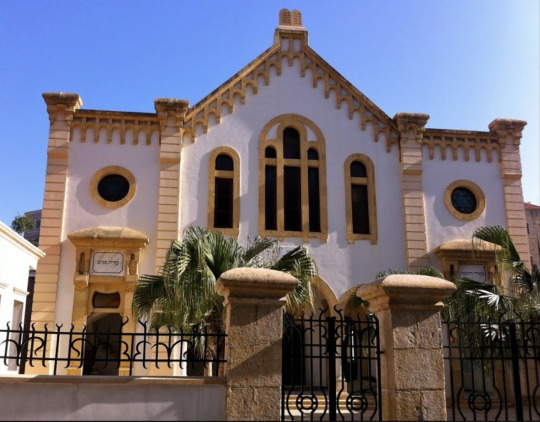
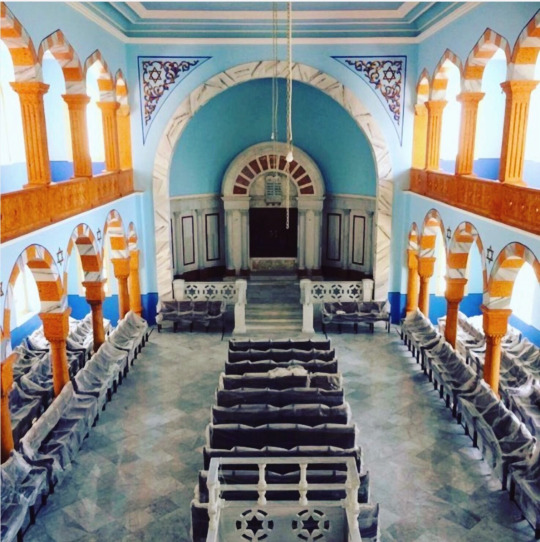
maghen avraham synagogue in beirut, lebanon. it was completed in 1925 on the ruins of an older synagogue that was destroyed in an earthquake in 502 ce. it's the only surviving synagogue of the 16 which were in beirut.
lebanon's jewish community consisted of musta'arabi jews, who went to present-day lebanon after the jewish-roman wars and had been "arabized", and expelled sephardic jews, who integrated into musta'arabi communities. the synagogue gradually fell to disuse as lebanese jews began to flee the country after the 1958 lebanon crisis, 1967 war, and later the lebanese civil war due to worsening conditions and reactionary antisemitism.
wadi abu jamil - beirut's former jewish quarter - was caught up in the civil war, as it stood between largely muslim and largely christian areas of the city. the neighborhood and particularly maghen avraham along with the remaining jewish families were famously protected by the PLO at the time, which lead to israeli suspicions that there were "palestinian weapons" hidden inside of it (there weren't); culminating in an israeli bombardment damaging it further in 1982.
it was restored with assistance from lebanese-jewish diaspora in 2010. (chairs were installed in 2019.) beiruti jews who immigrated to montreal, quebec reconstituted themselves into a congregation of the same name.
#most lebanese jews went to france us or canada#remember what i said abt it being easier to find specific jewish communities in palestine than others
41 notes
·
View notes
Photo
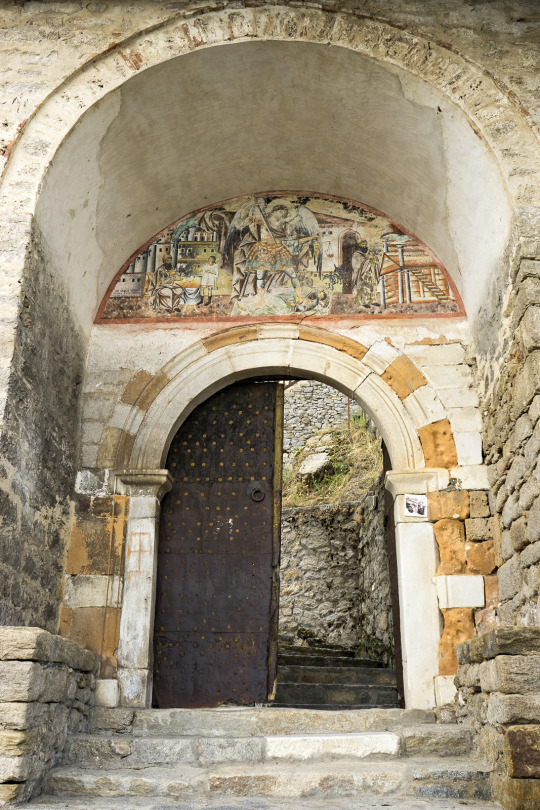
Entrance to the Archangel Michael Monastery in Prilep.
350 notes
·
View notes
Text
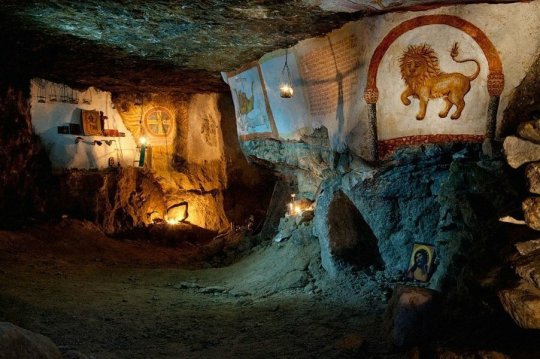
Orthodox church in the grotto of abandoned stone quarry near Moscow
2K notes
·
View notes
Text

carved mother-of-pearl shells from bethlehem, palestine, dating to the mid 19th century.
mother-of-pearl carving is a traditional craft in bethlehem; said to have been brought over by franciscan monks from italy in the 15th century. bethelehemi carved shells depicting themes from the new testament were popular souvenirs for christian pilgrims. the tradition is still going strong today.
#still cant believe i saw a post thinking these were russian like bro do a quick online search they’re so distinctly palestinian#mother of pearl is also Not something easy to get unless you live on#an area where you can naturally find it#(probably taking an honest mistake on their part too seriously though#i have well actually guy disorder and i have it bad)
120 notes
·
View notes
Photo



Songo Mnara: A Lost City Reveals the Grandeur of Medieval African civilization
Some of the world’s greatest cities during the Middle Ages were on the eastern coast of Africa. Their ornate stone domes and soaring walls, made with ocean corals and painted a brilliant white, were wonders to the traders that visited them from Asia, the Middle East, and Europe. They were the superpowers of the Swahili Coast, and they’ve long been misunderstood by archaeologists. It’s only recently that researchers outside Africa are beginning to appreciate their importance.
Read More
I’m noticing a lot of “discoveries” like this have been happening lately; in fact, I just posted one. At least this article overtly states the “assumption” underlying the tone of surprise from Western academia:
For Horton and Wynne-Jones, excavating Songo Mnara is a rare privilege — it’s a mostly-undisturbed site, largely ignored by scientists and locals alike. Partly, it’s been preserved so well because archaeologists from an earlier era didn’t believe it was a legitimate African ruin — they believed the architecture was too sophisticated, and therefore had to have been crafted by Arab traders who wanted an outpost. That idea has long been disproven, and now the archaeological community accepts that the vibrant Swahili culture was purely African in origin, and that the cultural influences from the Middle East cut both ways. The Swahili Coast and its luxurious arts and goods were an enormous influence on their neighbors ringing the Indian Ocean.
#tanzania#swahili#architecture#western academics finding out things that are both obvious and have been known for centuries but imply that people in africa had ancient#civilizations: what...no way...
831 notes
·
View notes
Text





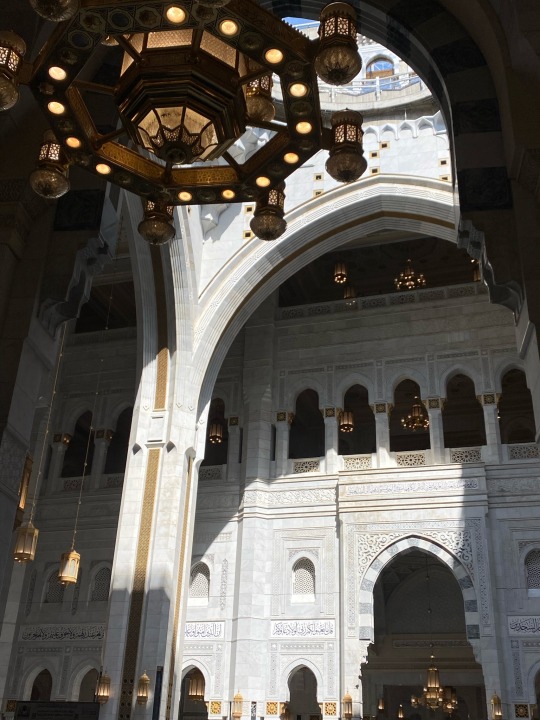
📍 Masjid Al-Haram Extension, Makkah.
2K notes
·
View notes
Text

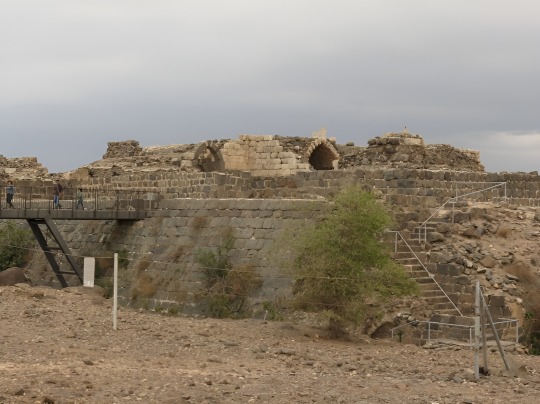
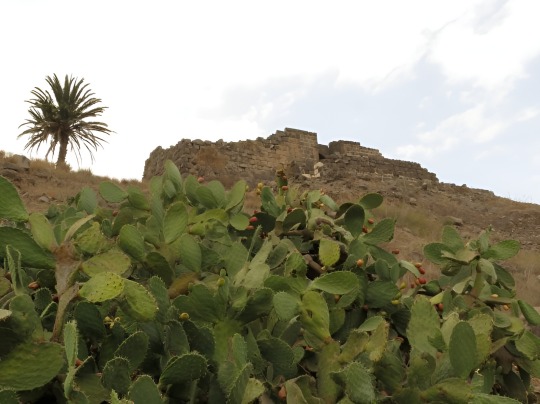

the depopulation of the palestinian village of kawkab al-hawa is far from the only case in which a palestinian village was violently, entirely depopulated during the 1948 nakba. it's also not the only case in which neighboring kibbutz residents advocated for and even themselves participated in the destruction of houses, nor is it the only case in which elements of the village were only kept so they could serve a neighboring tourist attraction. however, it is a conspicuous case of all of the above, combined.
kawkab al-hawa happens to sit by belvoir castle, one of the best-preserved crusader castles in palestine. the village itself had been testified to in some shape or form from antiquity - the crusaders had referred to the village with the frankish name "belvoir", hence the name of the castle. after saladin retook it, the village as we know it today expanded into and around the castle's confines. by 1945, the castle had been in ruins for centuries, while the rural village housed 300, mostly farmers.
in the words of meron benvenisti: "In the Israeli context, it is preferable to immortalize those who exterminated the Jewish communities of Europe (in the late eleventh and early twelfth centuries) and murdered the Jews of Jerusalem in 1099 than to preserve relics of the local Arab civilization with which today's Israelis coexist...Arab buildings spoil the myth of an occupied land under foreign rule, awaiting liberation at the hands of the Jews returning to their homeland."
#palestine#info#nakba#my posts#i went to a protest on land day where one of the speakers said that settler societies care most abt making money#(they were also guatemalan so for them it was a very Literal Thing)#and it reminded me of this. so i made a post abt it#the line i cut out was ''crusader castles lend a european romantic character to the landscape'' bc making tourist attractions out of#''discovered sites'' is a thing w/ all settler colonialism ''european character'' or no
14 notes
·
View notes
Text

vainakh tower architecture is a historic style of architecture characteristic to chechnya and ingushetia. they've been noted as far back as the 1st century, but most we see today were built between the 15th-17th. the towers are built with stone blocks, range from 10-25 meters high, and feature walls which taper the higher the tower reaches. they were multi-purpose, used as silos, residence, and fortresses. wealthier families usually had at least one built for their community.
these towers, located in niy, ingushetia, are clustered together because they were built for defensive purposes. the "pyramid roofs" are unique to ingushetia, but similar roofs can be seen in other types of caucasian architecture, such as in nearby ossetia.
23 notes
·
View notes
Text



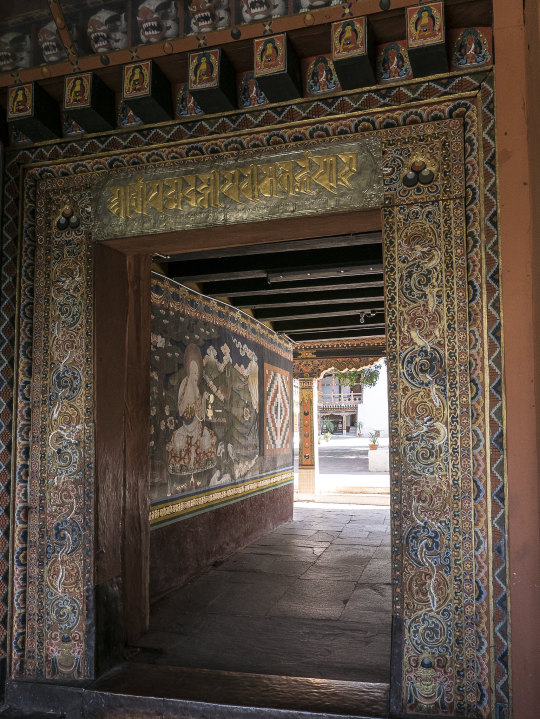
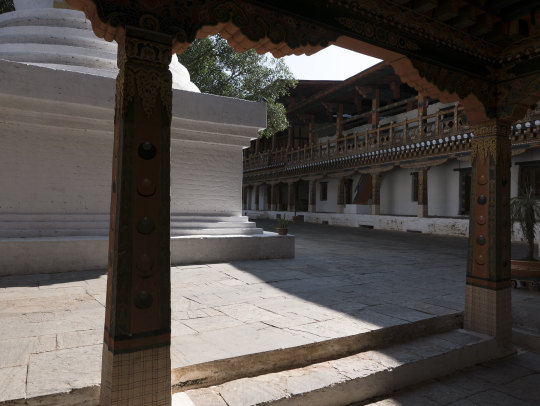

2015 Bhutan (2) (3) (4) (5) (6) by Mark Huffman
28 notes
·
View notes
Photo

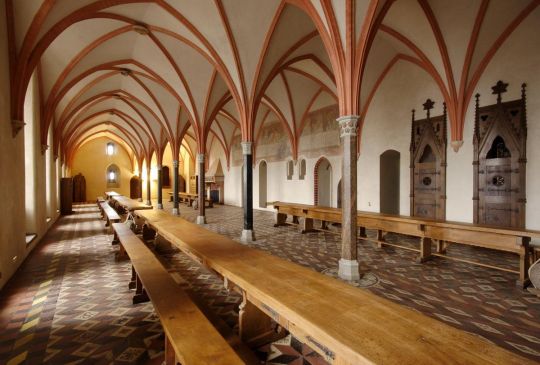



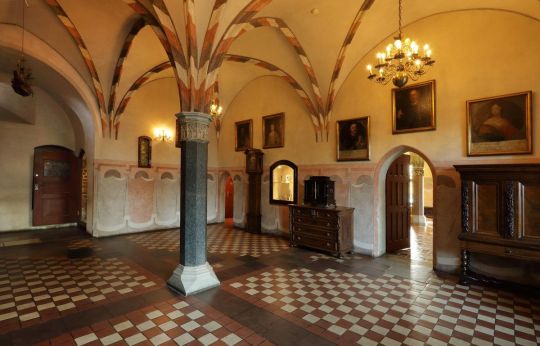


Malbork Castle in Poland
Is a 13th-century Teutonic castle. It is the largest castle in the world measured by land area and a UNESCO World Heritage Site.
90 notes
·
View notes
Text
see the alternating black-and-white stripes pattern, especially in the tower on the right? that's called ablaq, and it's a technique of alternating dark and light stones on walls. it's widespread in the areas making up the historical bilad al-sham and northern egypt, but can be found in other parts of the middle east and north africa as well. the exact origin's a bit murky, but it's thought that alternating different types of stones kept buildings stable enough to withstand earthquakes. the word itself is thought to originate from yemeni arabic from the word "balaq" - limestone - and went on to be used by arabs to describe alternating light and dark stripes, like on bees.
it was utilized as a feature in islamic architecture under several caliphates (like in the dome of the rock in jerusalem, which was built during the 7th century), but was especially prominent under the mamluks (like in the madrasa of umm al-sultan shaban in cairo, built in the 14th century). it can be found in both secular architecture (like beiteddine palace in lebanon) and architecture of other religions (like like the rosary church in zirkit and magen avraham synagogue in beirut) as well.
ablaq reached post-antiquity europe in three different places - historical al-andalus (like in the old mosque of cordoba), the balkans via the ottomans (like sofia synagogue in bulgaria), and italy via both (earlier) trade and (later) the crusades (like in this church). another italian church built using ablaq is monza cathedral.

Siena Cathedral, Tuscany, Italy
(Raimond Spekking)
#italy#architecture#info#worship#christian#ablaq outside of the ''main area'' like in na isnt as consistent in its origin/presence iirc#most is ottoman some isnt#also repost bc i found better links
118 notes
·
View notes
Text

Kashan ♥/ Iran
Photographer: mohammad sajjad taheri
#iran#details#info#shout out to persia for one of the most distinctive features of islamic architecture!
400 notes
·
View notes